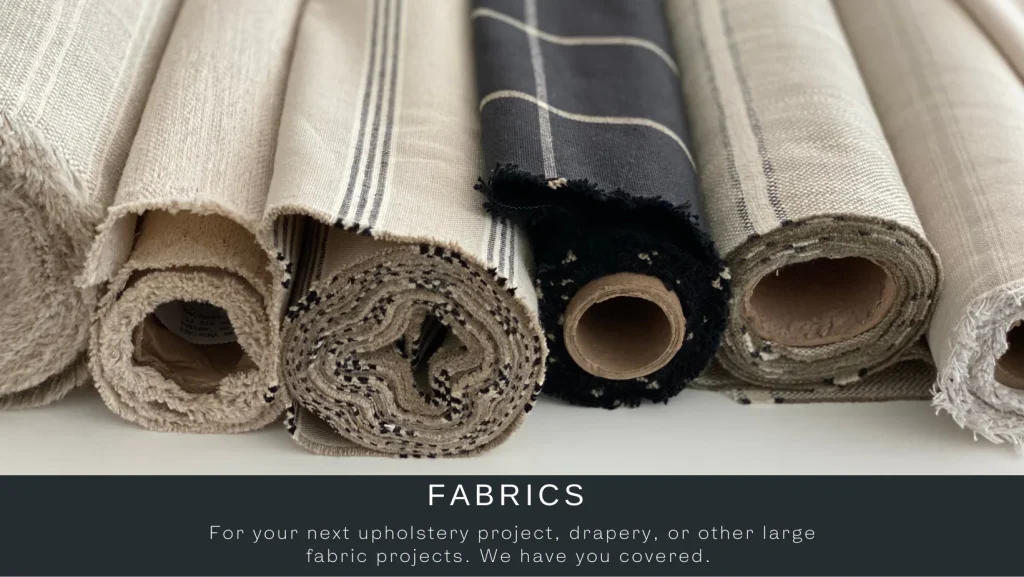Furniture fabrics enjoy an essential position in the overall appearance, ease, and longevity of furniture pieces. These materials can be found in a wide selection of resources, designs, colors, and designs, each providing special faculties and benefits. One of typically the most popular furniture textiles is upholstery material, that will be specifically made for protecting sofas, seats, and other seating surfaces. Upholstery textiles may vary from organic fibers like cotton and linen to synthetic components such as cotton and microfiber, each giving various quantities of softness, durability, and stain resistance.
Yet another common type of furniture material is drapery cloth, which is employed for curtains, shades, and screen treatments. Drapery textiles can be found in various loads and designs, enabling homeowners to attain various levels of light get a handle on, privacy, and insulation. From sheer and lightweight materials for a breezy, delicate look to large and opaque materials for maximum gentle congestion and privacy, there is a drapery cloth to suit every type and practical need.
In addition to upholstery and drapery fabrics, additionally, there are niche fabrics created for outside furniture, such as terrace chairs and lounge sets. Outdoor furniture fabrics are typically created from weather-resistant products like acrylic, cotton, and plastic, which are UV-resistant, water-repellent, and mold-resistant. These fabrics are engineered to endure the elements and keep their color and reliability even in hard outside conditions, creating them ideal for use in gardens, patios, and poolside areas.
Beyond practical factors, furniture materials also perform a significant position in inside design, introducing structure, color, and personality to residing spaces. From rich, magnificent velvet fabrics that express beauty and opulence to playful, vibrant styles that inject personality and whimsy, furniture fabrics let homeowners expressing their specific model and develop places that reflect their likes and preferences.
When choosing furniture materials, it’s crucial to take into account factors such as for example durability, preservation, and suitability for the intended use. For high-traffic areas like living areas and household areas, durable, stain-resistant fabrics like microfiber and leather tend to be preferred because of their easy maintenance and longevity. In contrast, fine textiles like silk and velvet might be better suited for formal living areas or rooms wherever they’re less likely to be exposed to spills or large wear.
Proper care and preservation are necessary for preserving the sweetness and lifetime of furniture fabrics. Typical vacuuming, place washing, and qualified upholstery cleaning might help remove soil, dirt, and spots and prevent early wear and tear. Additionally, it’s important to follow along with manufacturer’s attention recommendations and prevent using harsh substances or abrasive cleaning agents which could damage or discolor the fabric.
In conclusion, furniture materials perform a vital position in shaping the design, experience, and operation of furniture parts and interior spaces. Whether bouclé upholstery cloth for sofas and seats, drapery material for drapes and screen treatments, or outside material for deck furniture, the right cloth can improve ease, toughness, and model while reflecting the homeowner’s distinctive personality and design preferences. With a wide variety of resources, textures, and colors to select from, homeowners have countless opportunities for producing wonderful, practical, and appealing living rooms that they can enjoy for a long time to come.

